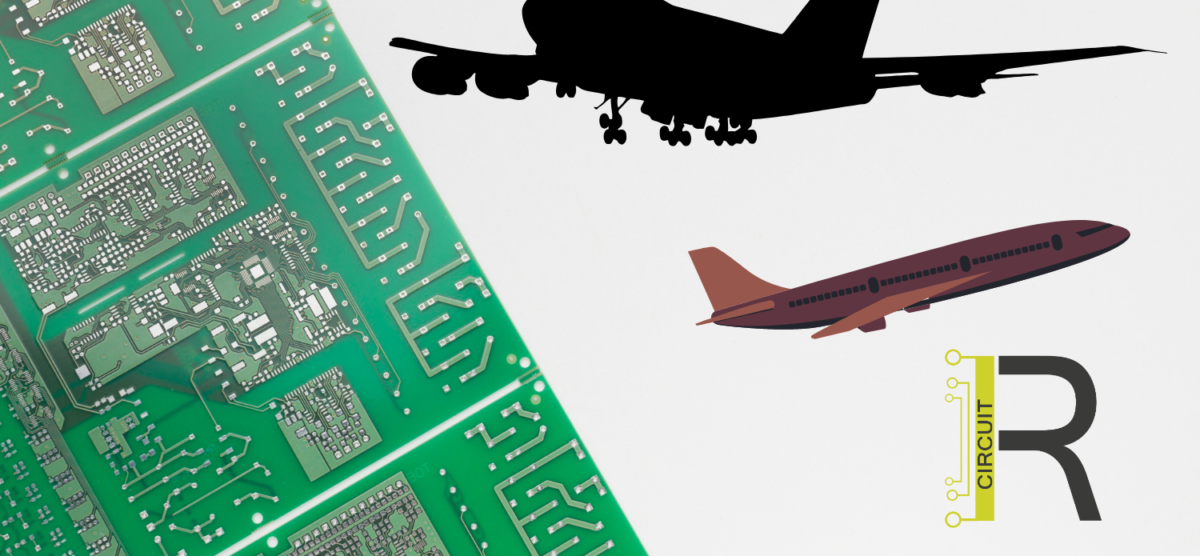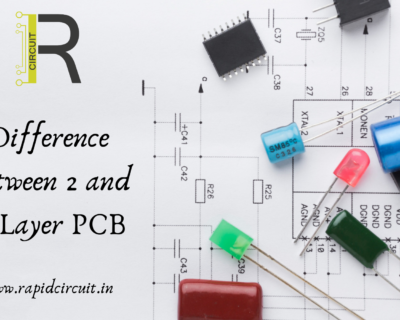Blog

Unveiling the Essential PCB Requirements for the Aerospace Industry
In the realm of aerospace engineering, precision, reliability, and durability are paramount. Every component, down to the smallest detail, plays a critical role in ensuring the safety and performance of aerospace systems. Among these components, printed circuit boards (PCBs) stand out as vital elements that demand meticulous attention and adherence to stringent requirements. In this blog post, we delve into the essential PCB requirements for the aerospace industry, shedding light on why these standards are crucial and how they shape the future of aerospace technology.
1. High Reliability and Durability:
Aerospace PCBs must operate flawlessly under extreme conditions, including wide temperature ranges, high vibration levels, and exposure to radiation. High-reliability PCBs are designed to withstand these challenges without compromising performance. This involves selecting robust materials, such as high-temperature laminates and copper-clad laminates with high thermal conductivity, to ensure long-term reliability and durability in aerospace applications.
2. Size, Weight, and Space Constraints:
The aerospace industry places a premium on lightweight and compact designs to optimize fuel efficiency and maximize payload capacity. PCBs for aerospace applications must adhere to strict size, weight, and space constraints while maintaining functionality and performance. Advanced manufacturing techniques, including multilayer PCBs and compact component placement, are employed to meet these demanding requirements without sacrificing quality or reliability.
3. Signal Integrity and EMI/RFI Shielding:
Signal integrity is critical in aerospace systems, where even minor disruptions or interference can lead to catastrophic consequences. PCBs must be designed to minimize signal loss, crosstalk, and electromagnetic interference (EMI) or radio-frequency interference (RFI). Techniques such as controlled impedance routing, ground planes, and shielding are utilized to maintain signal integrity and mitigate electromagnetic disturbances, ensuring optimal performance in aerospace environments.
4. Compliance with Industry Standards and Regulations:
The aerospace industry is highly regulated, with stringent standards and regulations governing every aspect of design, manufacturing, and operation. PCBs must comply with industry-specific standards, such as IPC-A-610 for acceptability of electronic assemblies and MIL-PRF-31032 for performance specifications of rigid PCBs for defense and aerospace applications. Adhering to these standards is crucial to ensure the quality, reliability, and safety of aerospace PCBs.
5. Robust Testing and Quality Assurance:
Thorough testing and quality assurance processes are essential to validate the performance, reliability, and safety of aerospace PCBs. Environmental testing, including thermal cycling, vibration testing, and accelerated aging tests, simulates real-world operating conditions to assess PCBs’ durability and performance under extreme environments. Additionally, functional testing, electrical testing, and inspection techniques are employed to detect and rectify any defects or anomalies, ensuring that aerospace PCBs meet the highest quality standards.
Conclusion:
In conclusion, PCBs play a pivotal role in the aerospace industry, where reliability, durability, and performance are non-negotiable. Meeting the stringent requirements of the aerospace sector requires a comprehensive understanding of the unique challenges and considerations involved in PCB design and manufacturing. By prioritizing high reliability, compact design, signal integrity, regulatory compliance, and rigorous testing, aerospace engineers can develop PCBs that meet the highest standards of quality, ensuring the continued advancement and safety of aerospace technology.






